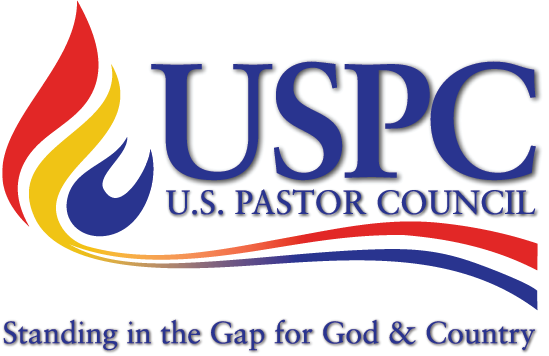
The American Founders made a revolutionary move when forming the new nation of the United States. They departed from the old European system of monarchy—in which executive power resides in a hereditary monarch such as a king or queen—and created a new and unique political system, a constitutional republic. A republic is a political system in which non-hereditary, elected executives and representatives govern for the citizens of a civil state. The Founders’ American republic was based on the principle that the people hold political power or sovereignty and may choose representatives to govern for them.[1] It is sometimes called a representative democracy. In Federalist Paper 39, Founder and Constitution architect James Madison describes a republic as to include “a government which derives all its powers directly or indirectly from the great body of the people, and is administered by persons holding their offices…for a limited period, or during good behavior.”[2] A constitutional republic follows a written constitution of laws by which the people, their representatives, and the government agree to abide. A republic differs from a pure or direct democracy, as Madison explains in Federalist Paper 14, which is governed directly by the whole body of citizens who “meet and exercise the government in person.”[3] Due to the direct involvement of all citizens, a direct democracy is only practical for a small nation, while a republic “may be extended over a large region.”[4] America’s constitutional republic—its organization, limits, and laws—is laid out in ...

